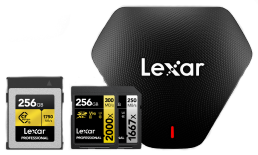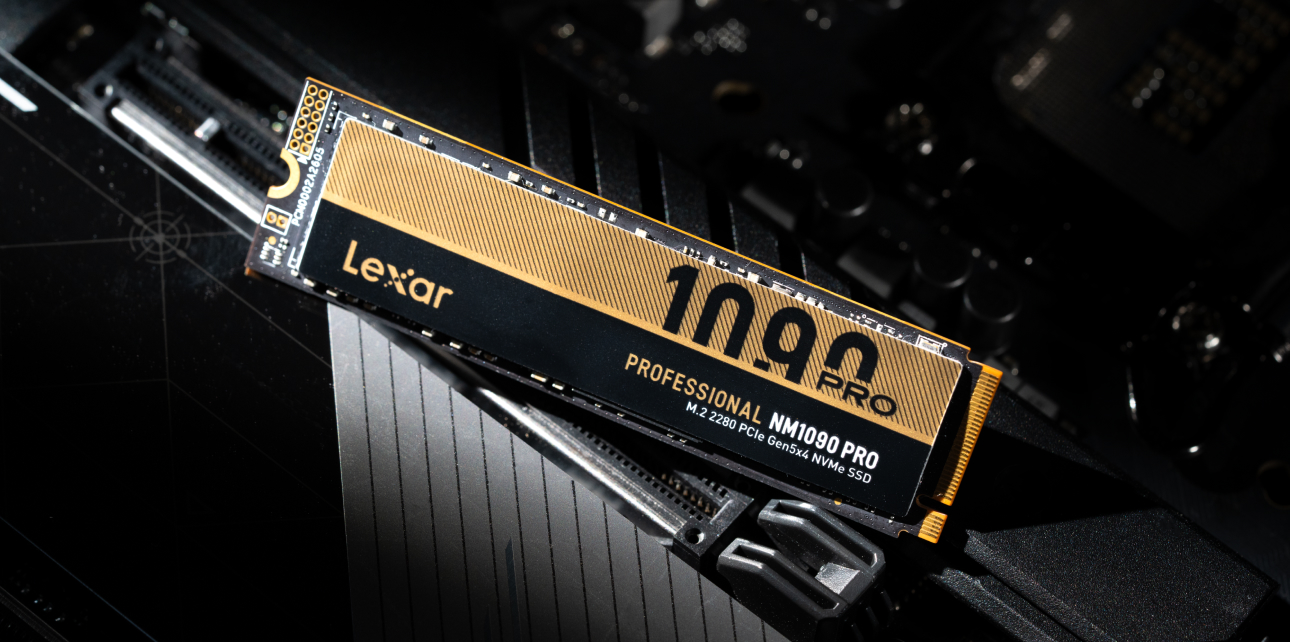
In the world of data storage, speed is everything. Whether you’re gaming, editing videos, or managing large datasets, storage performance directly impacts your productivity and experience. Peripheral Component Interconnect Express (PCIe) solid-state drives (SSDs) are the gold standard for speed and efficiency, outpacing traditional SSDs and revolutionizing storage technology.
This guide will dive into what makes PCIe SSDs the fastest storage solution, their advantages, and how to choose the right one for your needs.
What is a PCIe SSD?
A PCIe solid-state drive leverages the high-speed lanes of PCIe, delivering unparalleled data transfer rates, unlike SATA SSDs, which are limited by the SATA interface.
How PCIe Works
PCIe is a high-speed expansion bus standard that connects components like graphics cards, network cards, and storage devices. By using multiple lanes (x1, x4, x8, or x16), PCIe SSDs can transfer data at incredible speeds.
Key Features of PCIe SSDs
- Speed: Data transfer rates up to 7000MB/s or more with PCIe Gen 4 and Gen 5.
- Form Factor: Commonly available in M.2 and U.2 designs, compatible with most modern motherboards.
- Low Latency: Faster data access compared to traditional storage solutions.
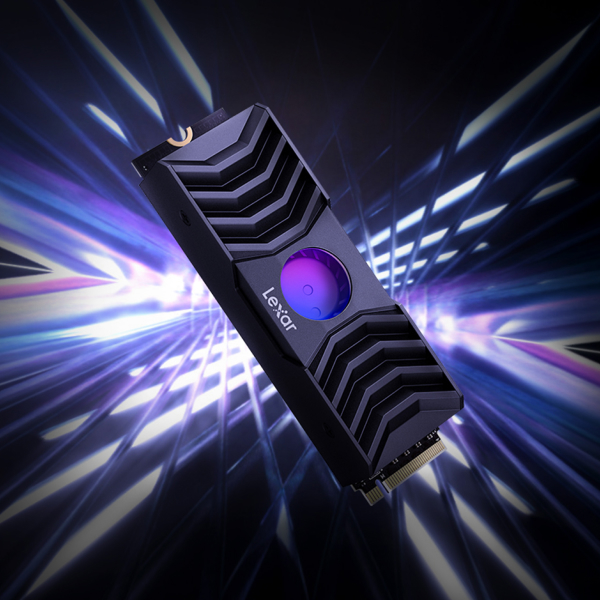
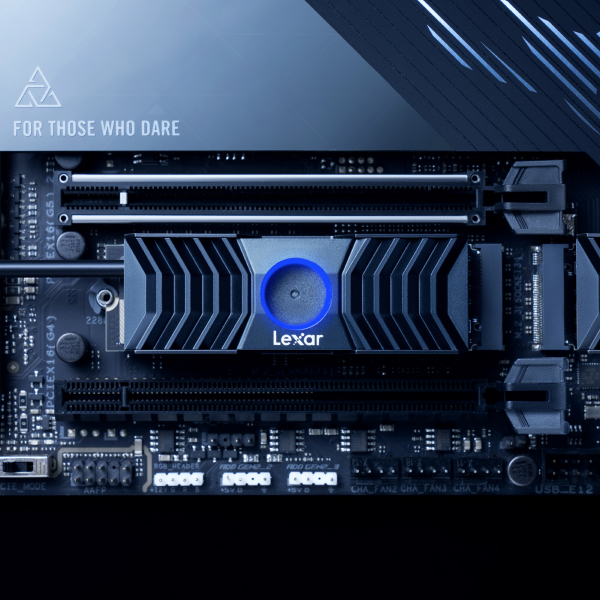
Why PCIe SSDs Are the Fastest Storage Solution
Here are some reasons why PCIe SSDs are the fastest storage solution:
1. Higher Bandwidth
PCIe SSDs offer significantly higher bandwidth than SATA SSDs. For instance:
- SATA SSDs: Maximum speed of 600MB/s.
- PCIe Gen 3 SSDs: Up to 3500MB/s.
- PCIe Gen 4 SSDs: Up to 7000MB/s.
- PCIe Gen 5 SSDs: Up to 14,000MB/s (emerging technology).
2. Improved Multitasking
The increased bandwidth and low latency of PCIe SSDs make them ideal for handling multiple tasks simultaneously, such as running virtual machines or editing large files.
3. Optimized for Gaming and Content Creation
Games and video editing software benefit from PCIe SSDs due to their ability to load textures, assets, and video footage faster than other storage solutions.
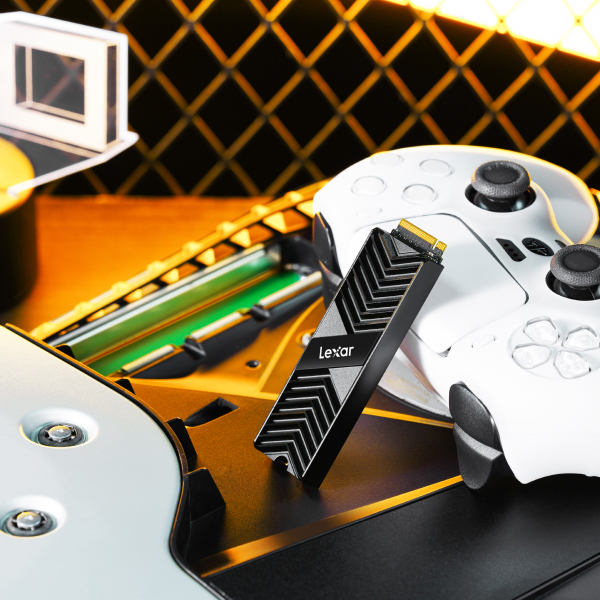

Advantages of Using a PCIe SSD
Here are the top benefits of using a PCIe SSD:
1. Faster Boot Times
With PCIe SSDs, your operating system boots in seconds, drastically reducing startup times.
2. Enhanced Productivity
Applications open faster, file transfers are seamless, and system responsiveness is greatly improved.
3. Future-Proof Technology
PCIe SSDs support emerging technologies, making them a long-term investment for high-performance systems.
4. Compact Design
M.2 PCIe SSDs are small and lightweight, ideal for laptops and compact builds where space is at a premium.
Types of PCIe SSDs
Here are the different types of PCIe SSDs:
1. PCIe Gen 3 SSDs
- Speed: Up to 3500MB/s.
- Use Case: Suitable for general-purpose computing and casual gaming.
2. PCIe Gen 4 SSDs
- Speed: Up to 7000MB/s.
- Use Case: Ideal for content creators, gamers, and professionals handling large data sets.
3. PCIe Gen 5 SSDs
- Speed: Up to 14,000MB/s.
- Use Case: Cutting-edge performance for AI, machine learning, and high-end gaming rigs.
Pro Tip: Check your motherboard’s PCIe generation compatibility to choose the right SSD.
How to Install a PCIe SSD
Installing a PCIe SSD is straightforward with the right tools and steps:
1. Gather Tools
- A compatible PCIe SSD.
- Phillips-head screwdriver.
- Anti-static wrist strap.
2. Prepare Your PC
- Turn off your computer and unplug it from the power source.
- Remove the side panel to access the motherboard.
3. Locate the M.2 Slot
- Refer to your motherboard manual to identify the M.2 slot designed for PCIe SSDs.
4. Install the SSD
- Align the SSD with the M.2 slot and insert it at an angle.
- Secure the SSD with the mounting screw.
5. Reassemble and Boot Up
- Replace the side panel and power on your computer.
- Format the new SSD using Disk Management (Windows) or Disk Utility (macOS).
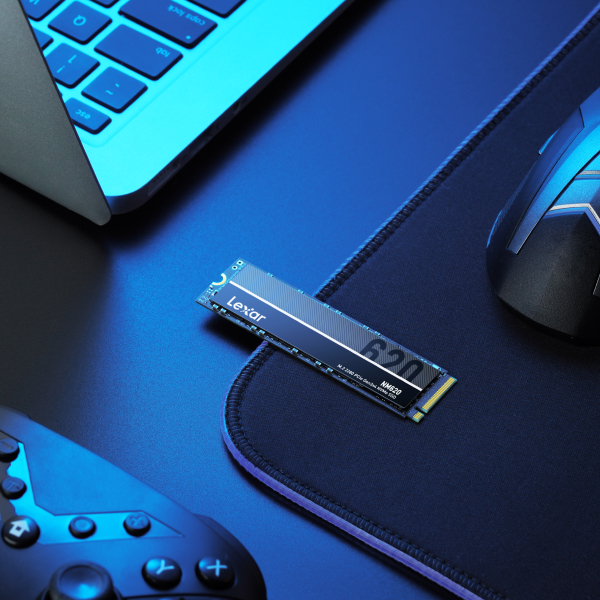

Use Cases for PCIe SSDs
Here are some different use cases for PCIe SSDs:
1. Gaming
PCIe SSDs dramatically reduce game load times and improve in-game asset streaming, providing a smoother experience.
2. Video Editing
High-speed SSDs enable faster rendering, scrubbing through timelines, and exporting large files.
3. Data Analysis
PCIe SSDs are indispensable for professionals handling big data, as they accelerate data processing and retrieval.
4. AI and Machine Learning
Applications requiring rapid data access, like AI and ML models, benefit immensely from PCIe SSDs’ high throughput.
Maintaining Your PCIe SSD
Here are some helpful tips for maintaining a PCIe SSD:
1. Enable TRIM
TRIM optimizes how data is erased and written, prolonging SSD lifespan. Modern operating systems typically enable TRIM by default.
2. Monitor Temperatures
Overheating can degrade performance. Install a heatsink if your PCIe SSD runs hot during extended use.
3. Keep Firmware Updated
Regular firmware updates improve compatibility and maintain optimal performance.
4. Avoid Overloading the SSD
Leave 15-20% of the drive’s capacity free to ensure smooth operation and sustained performance.
Future Trends in PCIe SSD Technology
Take a look at some of the future trends in PCIe SSD technology:
1. PCIe Gen 5 and Beyond
The introduction of PCIe Gen 5 SSDs marks a new era of ultra-fast storage. Future generations promise even greater speeds and efficiency.
2. Improved Durability
Advancements in NAND technology are leading to SSDs with longer lifespans and greater reliability.
3. AI Integration
PCIe SSDs with AI-powered features for predictive storage management and enhanced security are on the horizon.
4. Larger Capacities
Terabyte-scale PCIe SSDs are becoming more affordable, catering to users with extensive storage needs.
PCIe SSD vs. SATA SSD: Understanding the Key Differences
When considering a storage upgrade, it’s essential to understand how PCIe SSDs compare to SATA SSDs. Each has distinct features, and knowing their differences helps you make an informed decision.
1. Speed
- PCIe SSDs: Offer speeds up to 14,000MB/s (Gen 5), ideal for high-performance tasks like gaming, 4K video editing, and data analytics.
- SATA SSDs: Limited to 600MB/s, suitable for basic computing and moderate workloads.
2. Connectivity
- PCIe SSDs: Use the PCIe interface with multiple lanes (x1, x4, x8), delivering higher bandwidth.
- SATA SSDs: Rely on the older SATA interface, which has lower bandwidth and speed limitations.
3. Form Factor
- PCIe SSDs: Primarily available in the M.2 form factor, offering compact design and easy integration into modern systems.
- SATA SSDs: Typically come in 2.5-inch sizes, requiring additional cables for installation.
4. Use Case
- PCIe SSDs: Ideal for gamers, professionals, and users with demanding workloads.
- SATA SSDs: Perfect for users seeking an affordable upgrade for general use.
Conclusion: PCIe SSDs are the superior choice for performance, while SATA SSDs are better for budget-conscious users with simpler needs.
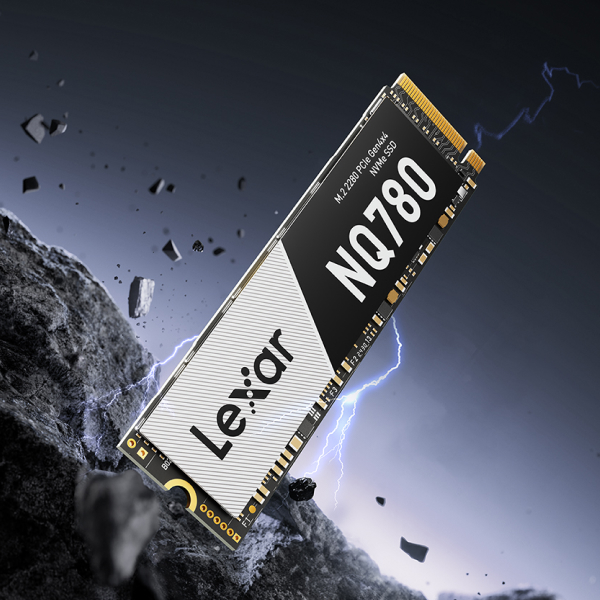

Common Mistakes to Avoid When Installing a PCIe SSD
Upgrading to a PCIe SSD can be straightforward, but mistakes during installation may cause performance issues or damage. Here’s what to avoid:
1. Using the Wrong Slot
- Some motherboards have multiple M.2 slots, but not all support PCIe SSDs. Check your manual to ensure you’re using the correct slot.
2. Neglecting Cooling Requirements
- High-speed PCIe SSDs can generate heat, which may affect performance. Use a heatsink or ensure proper airflow in your PC case.
3. Skipping BIOS Updates
- Outdated BIOS firmware may not support newer PCIe SSDs, leading to compatibility issues. Update your BIOS before installation.
4. Forgetting to Enable NVMe Mode
- For NVMe SSDs, enable the NVMe option in your BIOS settings to unlock their full performance potential.
PCIe SSDs for Different Users: Finding the Right Fit
Not all PCIe SSDs are created equal, and choosing the right one depends on your specific use case.
1. For Gamers
- Recommended Specs: Gen 4 SSD with at least 1TB capacity for seamless game load times and high performance.
- Suggested Model: Lexar NM800PRO SSD or Lexar NM790 with Heatsink.
2. For Content Creators
- Recommended Specs: Gen 4 or Gen 5 SSD with large capacities (2TB or more) for handling large video or graphic files.
- Suggested Model: Lexar NM790 or Lexar Professional NM1090
3. For General Users
- Recommended Specs: Gen 3 SSD with a moderate capacity (512GB-1TB) for basic tasks like browsing and document editing.
- Suggested Model: Lexar NM710
Pro Tip: Choose an SSD that balances speed, capacity, and durability based on your primary tasks.
The Impact of PCIe SSDs on Emerging Technologies
PCIe SSDs are not just about speed—they’re critical to the growth of emerging technologies.
1. AI and Machine Learning
- PCIe SSDs provide the high bandwidth needed to process large datasets, accelerating AI and ML workflows.
2. Virtual Reality (VR)
- VR applications require rapid data access to ensure smooth and immersive experiences, which PCIe SSDs deliver effortlessly.
3. Cloud Computing
- Data centers use PCIe SSDs to meet the growing demand for fast, scalable, and reliable storage solutions.
4. Edge Computing
- As edge devices require real-time data processing, PCIe SSDs play a vital role in enabling low-latency performance.
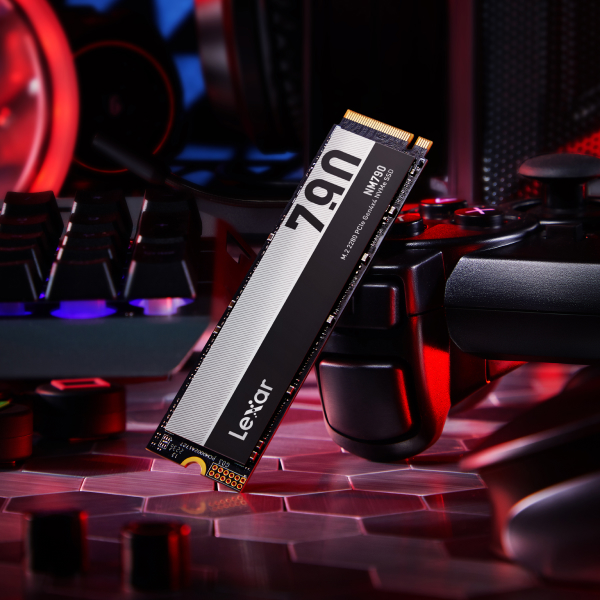
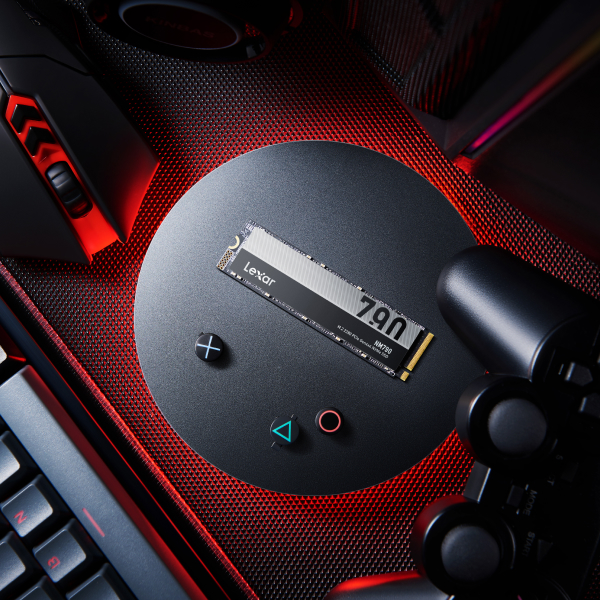
Signs It’s Time to Upgrade to a PCIe SSD
Not sure if you need a PCIe SSD upgrade? Look for these indicators:
1. Long Load Times
Games or applications taking too long to load are a clear sign that your current storage is a bottleneck.
2. Insufficient Storage
If you constantly delete files or games to make room for new ones, upgrading to a larger PCIe SSD can solve this problem.
3. Frequent Stuttering or Freezing
HDDs or older SSDs with limited speed may cause system slowdowns during demanding tasks.
4. Compatibility with Modern Software
Advanced applications and games designed for PCIe speeds may not perform well on older drives.
Conclusion: If you experience any of these issues, a PCIe SSD upgrade can transform your system’s performance.
Why Choose a PCIe SSD for Your System
PCIe SSDs offer unparalleled speed, reliability, and versatility, making them the ultimate storage solution for gaming, content creation, and professional workloads. Whether you’re upgrading your system or building a new one, investing in a PCIe SSD ensures top-tier performance and future-proof technology.
Explore Lexar’s Professional SSD lineup for high-performance storage solutions tailored to your needs.

